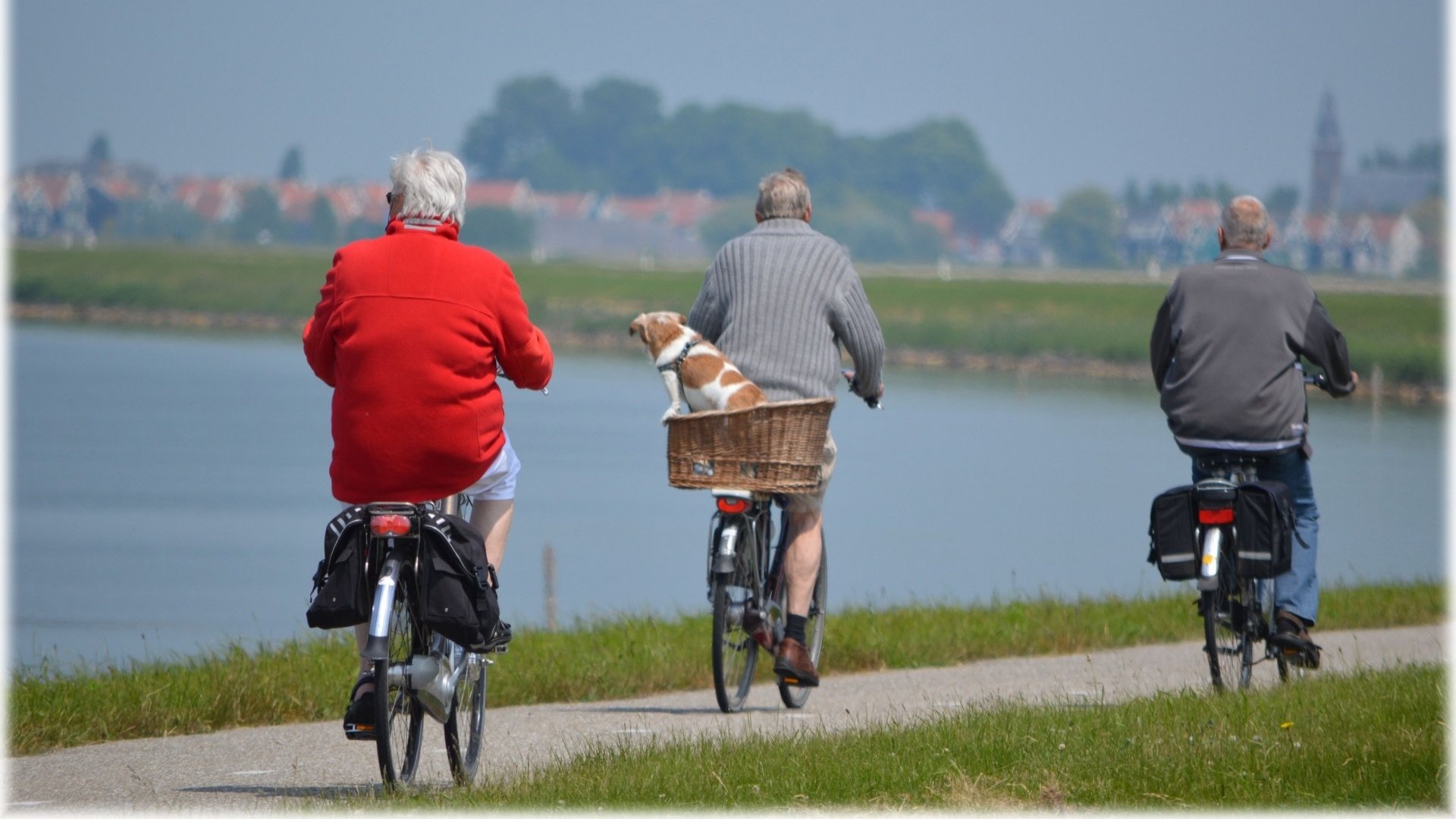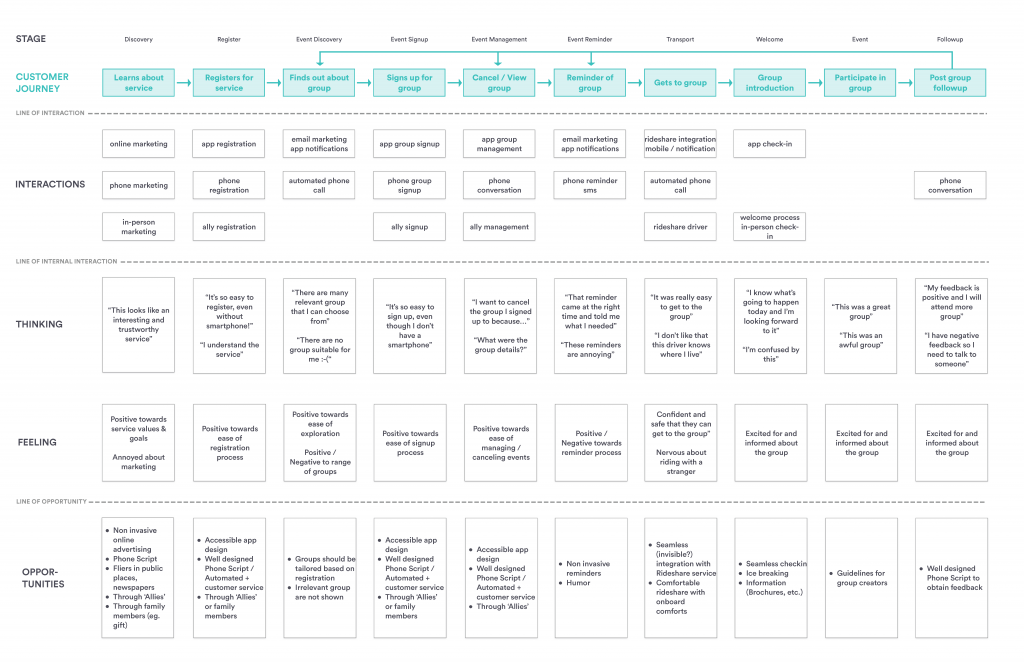
CADENCE
Empowering isolated older adults to find community and stay engaged
Duminda Aluthgamage
Kristina Rakestraw
Andrew Shiau
Alexandria Lee
Team
Research
Literature Review (Lead)
Report Visual Design (co-Lead)
Participant & Expert Interviews Competitive Analysis
Ethnographic Research
Design
Voice Interface Design (Lead),
Service Design (co-Lead)
Brochure Design (Lead)
Video Production (Lead)
UX Design (co-Lead)
Usability Testing
My Role
Deliverables
Intentional Futures (Sponsor)
Artefact (Mentors)
Mark Vitazko @ Microsoft (Mentor)
Sponsors & Mentors
The Opportunity
Social isolation and loneliness affect a significant and increasing number of older adults in the US
Service Overview
Cadence is a service that helps seniors find groups and volunteer opportunities in their community, with the goal of creating meaningful and long-lasting social connections. Through interviewing seniors, senior community center leaders, and senior advocacy groups, we identified key insights that drove the design of Cadence:
Many existing services for seniors lack strong outreach channels
Taking the first steps out of isolation can be emotionally difficult
It can be overwhelming to identify which services can be a good fit
Many physical and logistical barriers exist that can increase the effects of isolation
Cadence acts like a social maven who provides personalized suggestions based on questions about hobbies, tastes, experiences, location preferences, and skills. These choices build up an internal algorithm which helps Cadence continue to “learn” the types of activities that the user prefers.
Cadence uses simple conversational interactions accessed through a phone-based VUI or web browser GUI. The dual interaction ability stems from the desire to cater to varying levels of technology acceptance. Both interfaces are aimed specifically toward seniors through design choices based on extensive design research and usability testing.
Given the complexity of the problem space and the target demographic, we used a service design approach to create Cadence which considers the interlinking of new and existing components within the sociotechnical environment of older adults.
Ecosystem of older adults (Duminda Aluthgamage)
Cadence is a holistic solution that handles discovery, registration, exploration, management, communication, transportation, and feedback. Each element of the service would be reviewed and optimized on an ongoing basis.
Overall Cadence Service Flow
Research & Ideation
How might we alleviate social isolation and loneliness in older adults?
Research Questions & Goals
What are the barriers to social engagement that lead to social isolation?
What do people who are not socially-isolated do to stay engaged?
Identify elder technology use patterns.
Make connections to our target population for future usability research
Research Methods
Literature Review
Competitive Analysis
Expert interviews
Target demographic activities (semi-structured interviews, guided storytelling)
‘Into the Wild’ (observational/ ethnographic studies)
Each member of our team independently coded all of our primary research, totaling more than 20 participant interviews. We then came together to synthesize this information into themes and insights. This was a challenging task conducted over several days, during which we became familiar with all the interviews, including those which we didn’t personally attend.
Design Principles
1. Make technology visible only to those who want to see it
Given the variance in technology acceptance among our target users, the solution should not force technology onto those who are not accustomed to it. Our focus is not to change current behaviors around technology, but to leverage older adults who are willing and able to embrace new technology in order to reach those who cannot.
2. Be able to replicate with adjustments in different contexts
We will start by focusing on Puyallup and Seattle, since they are the first two AARP Age-Friendly Communities in Washington state, however we assume that more cities will follow this trend. Our proposed solution should be scalable and benefit other cities.
3. Employ accessibility standards for seniors
Comply with accessibility guidelines to ensure that our primary users are able to fully utilize the technology. Secondary research identifies that basic accessibility issues are a major barrier to older adults adopting regular technology use. We found that this sentiment to be echoed in our interviews with our target population who cited that the following prevented them from using technology: small font sizes; difficulty with keyboards due to limited finger dexterity; screens too small to understand iconography; difficulty with ongoing software updates.
4. Protect users from age-specific harms
Acknowledge that target users are vulnerable to age-specific harms related to technology and protect them through design decisions that deliberately mitigate against them. Particular sensitivities of the older adult population include:
Loss of dignity or being patronized by caretakers and support networks
Higher susceptibility to being scammed (eg. tax scams, phishing scams, impulse buying, email scams, etc.)
Limited understanding of privacy, data retention and online security.
Ideation & Prototyping
Using our research insights, we went through two rounds of ideation, starting with 30 concepts each (120 in total). These explored a huge variety of ideas, such as IoT devices catered to seniors, tools to provide outreach for community centers, and mobile apps to connect seniors to volunteer opportunities. We narrowed and refined our ideas down to six, creating storyboards to further illustrate and understand the interactions. These ideas were discussed with our experts and participants and formed the basis of the Cadence service.
Prototypes were created and tested for both the GUI (clickable prototype) and VUI (Wizard of Oz, Investigative Rehearsals). During the first round, interactions within the GUI were designed based on paradigms similar to existing products such as Meetup. For the VUI, we experimented with dialogues that were meant to replicate the GUI experience. We found many elements of these designs to be confusing for participants, leading us to reconsider our approach.
We presented the final Cadence service through a comprehensive design specification which includes:
Service design documentation (service blueprint, customer journey map, ecosystem map)
System architecture
VUI specification and sample dialogues
GUI Hero Flows and interaction logic
Visual artifacts (Brochure, Playbook)
Visual style guide
Service Design
Customer Journey (Duminda Aluthgamage)
VUI Dialogue Design (Duminda Aluthgamage)
VUI Interaction Flow Diagram: System Overview (Duminda Aluthgamage)
Brochure (Duminda Aluthgamage)










